During the two-week intensive workshop at CERN Ideasquare, we brainstormed a lot of ideas and put them in an idea bank!
At the end of the two week we pick two ideas and develop them bit more and present to CERNies as well as DFGN partners!
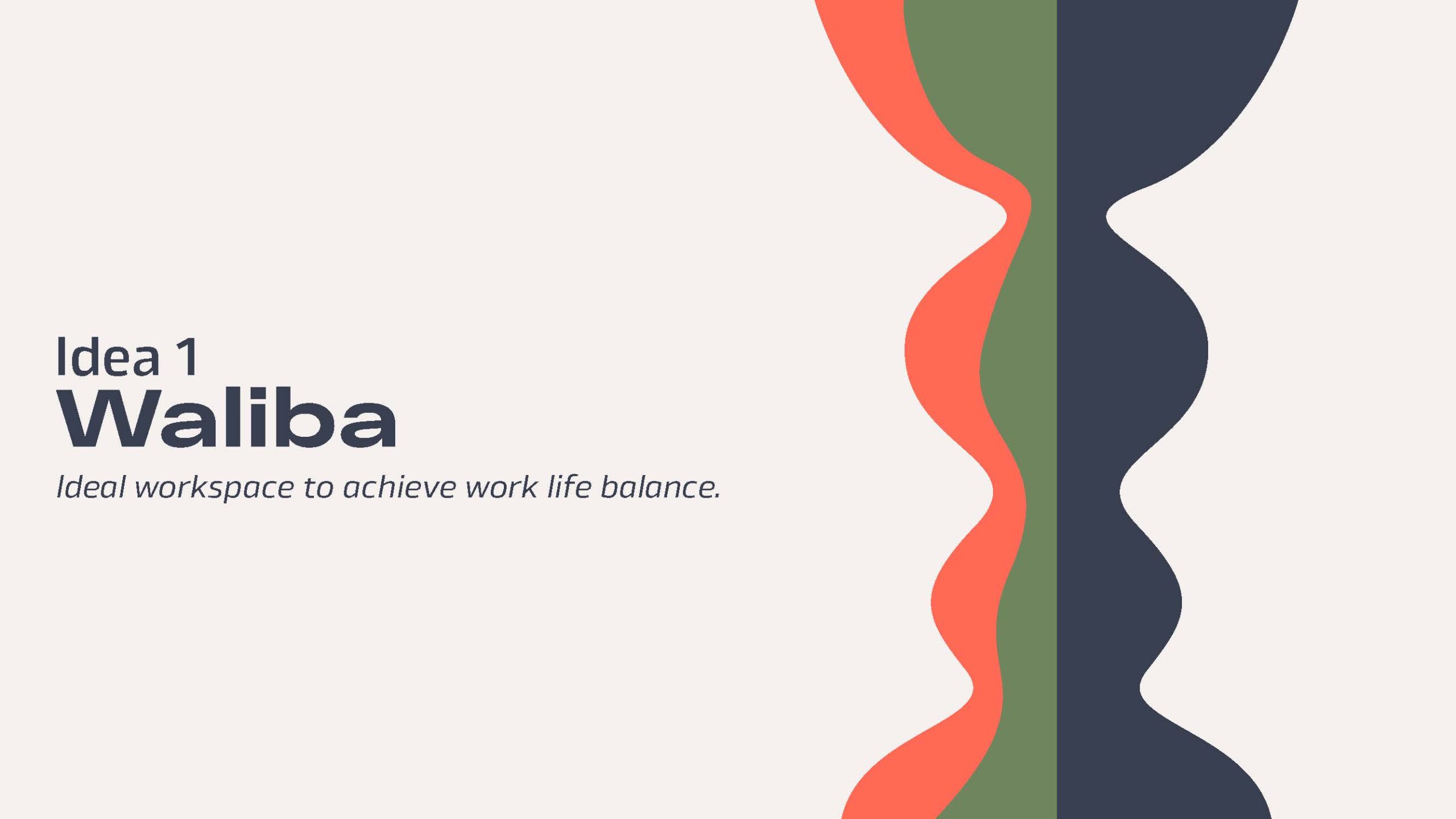
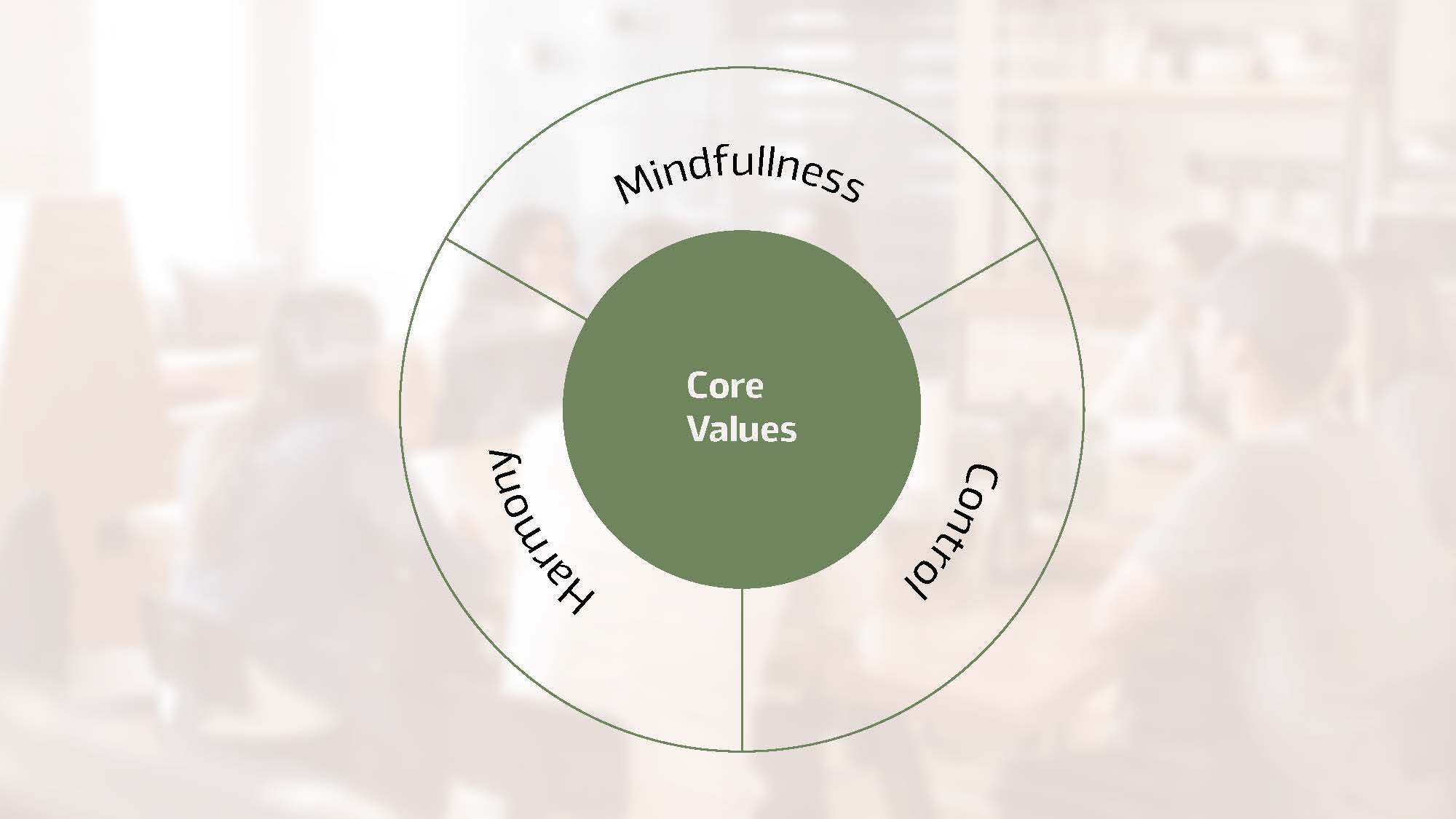

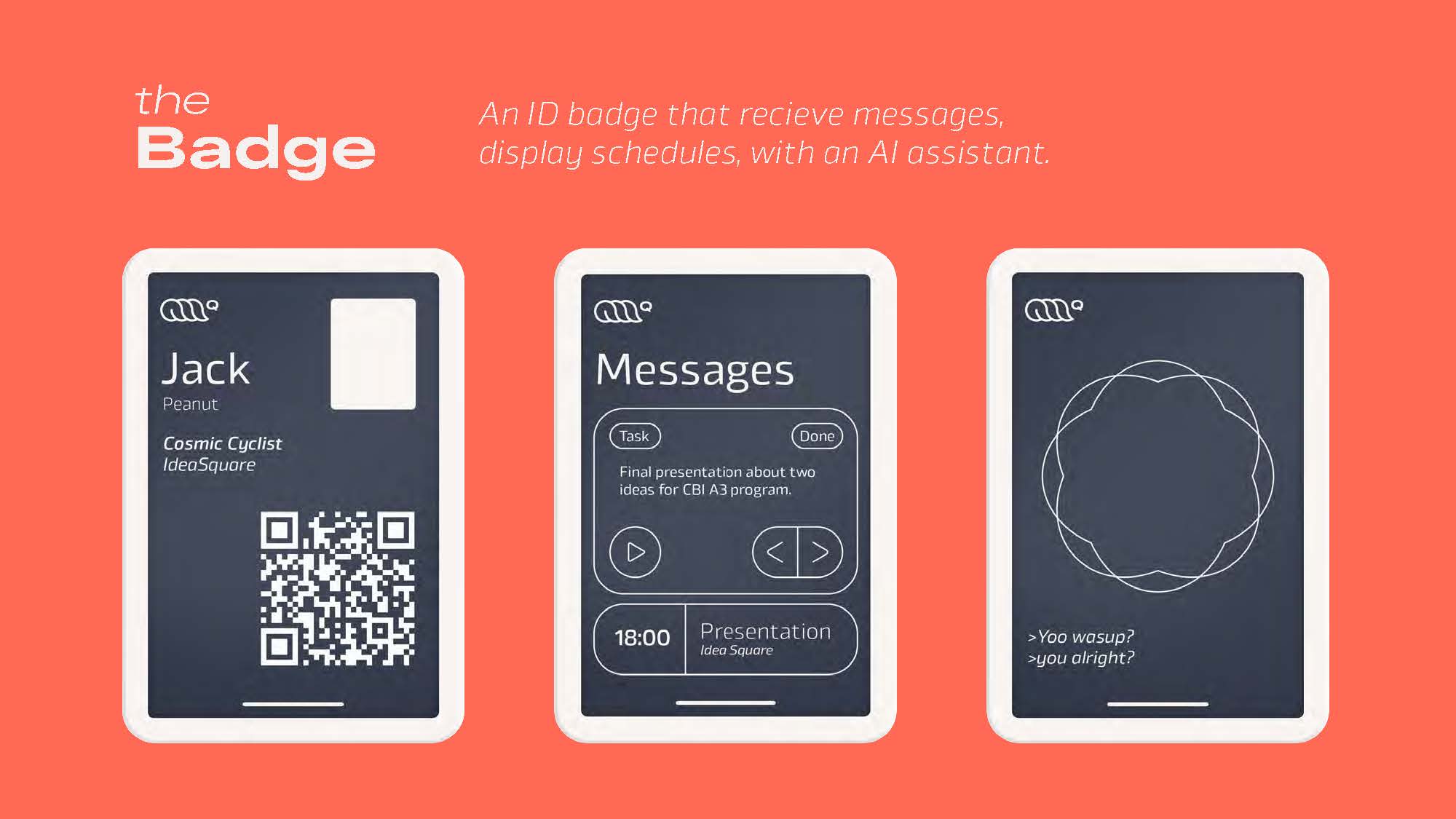

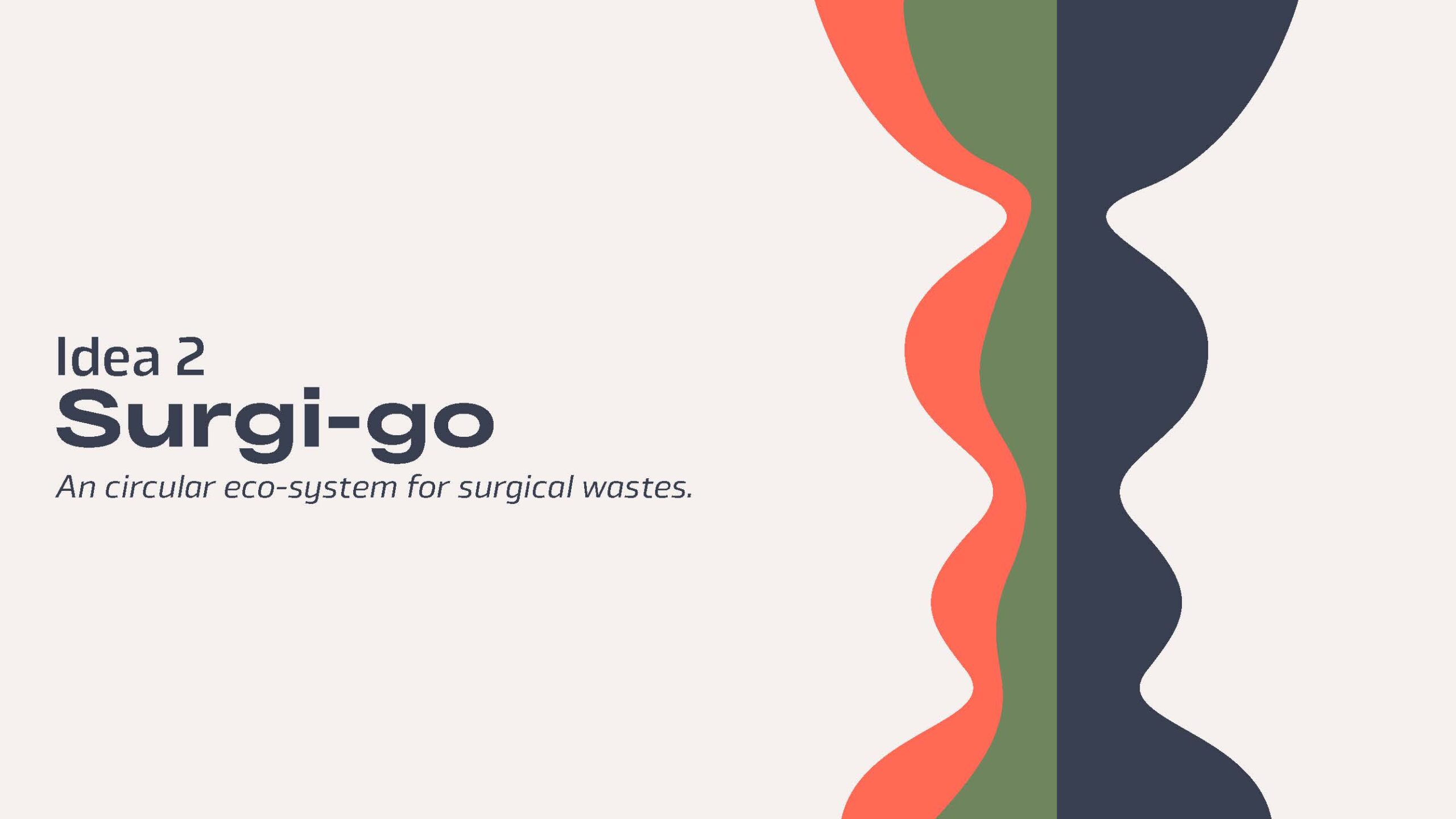
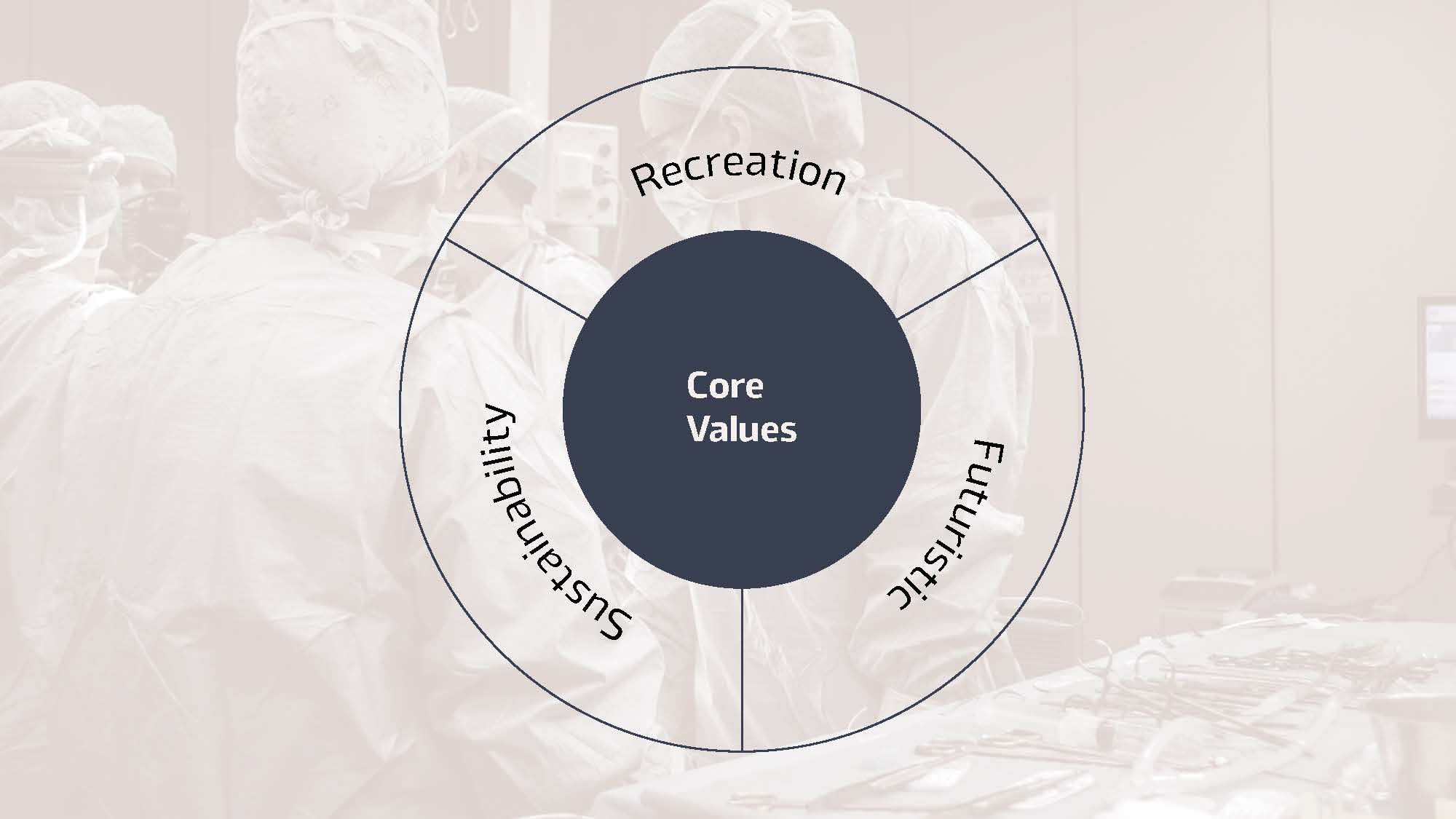



We learned a lot during these two weeks!
The main skills learned in this workshop are:
#Interdisciplinary_Teamwork
#Growth_Mindset
#Systems_Thinking
#Interdisciplinary_Teamwork
This year’s participating Design Factory Global Network units include the Design factory in New York, the Design factory-inno space in Mannheim, Germany, the Pratt institute in the United States, and the Warsaw design factory in Poland. The background of the participants is very diverse. During the workshop, there are also many opportunities to cooperate, get along with each other, and experience how people in different fields view problems and create solutions.
Co-creation is the core of this workshop, and a set of meaningful words are often mentioned during the process:
I like…
I wish…
I wonder…
When expressing opinions during cooperation, students are encouraged to use these words to communicate, avoiding unnecessary disputes and denials. In the process of vocabulary conversion, they can express their ideas more clearly, so that the team can find the crux of the problem together and make more improvements. Effective communication.
At the end of the daily itinerary, there will be ratings and feedback for the course, and the instructor will also adjust the course according to the feedback from the students.
#Growth_Mindset
Another critical point in the workshop is the change of mentality, trying to escape from the rational framework and train our ability to generate innovative ideas. One of the reasons it took so much effort to gather everyone to Geneva is to provide students with a different perspective in an unfamiliar environment and to realize the advancement and scale of CERN technology.
#Systems_Thinking
This way of thinking teaches us that when facing a challenge, we should not create a solution immediately but focus on the problem first and understand what the real needs of users are.
“What people say, what people do, and what people say they do are completely different.”
Here is a small exercise that can help you look at challenges using systematic thinking—called 5 Whys.
If we need to design a bridge today, to find the pain point and focus on the problem, we can ask:
Why do you need a bridge? >>> because we have to cross the river
Why cross the river? >>> Because of sending a letter
Why send a letter…etc
No matter how wonderful the solution is, it will be useless if you ask the wrong question because there are many ways to cross the river. It may be that cars have to cross the river, or only people have to cross the river, or only objects have to cross it. , After such a simple Reframing, we can precisely set the problem to be solved and design a How Might We Statement.
In the workshop, we learned many design methods, and after the lecture, we will implement them to use them in practice.
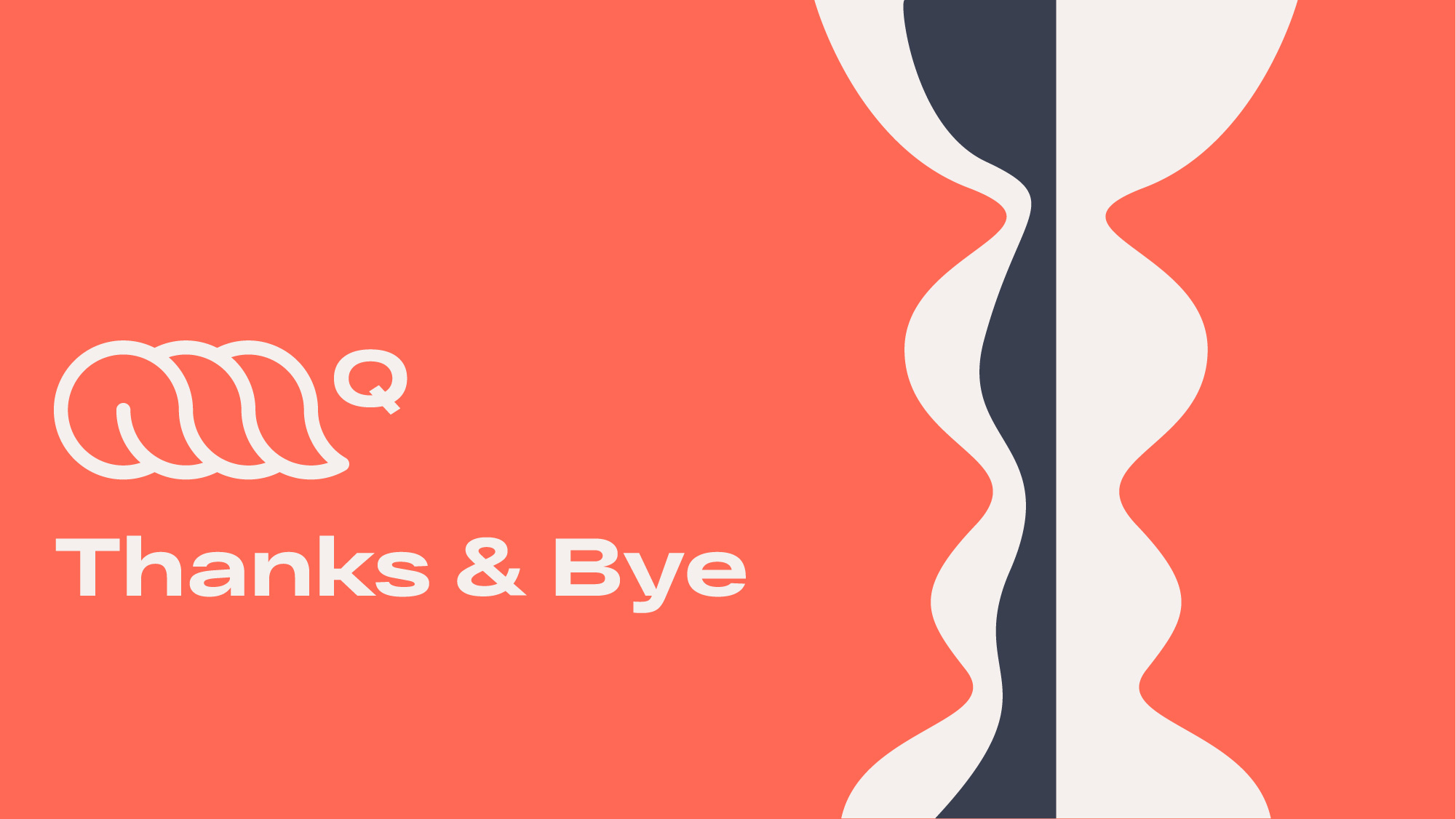




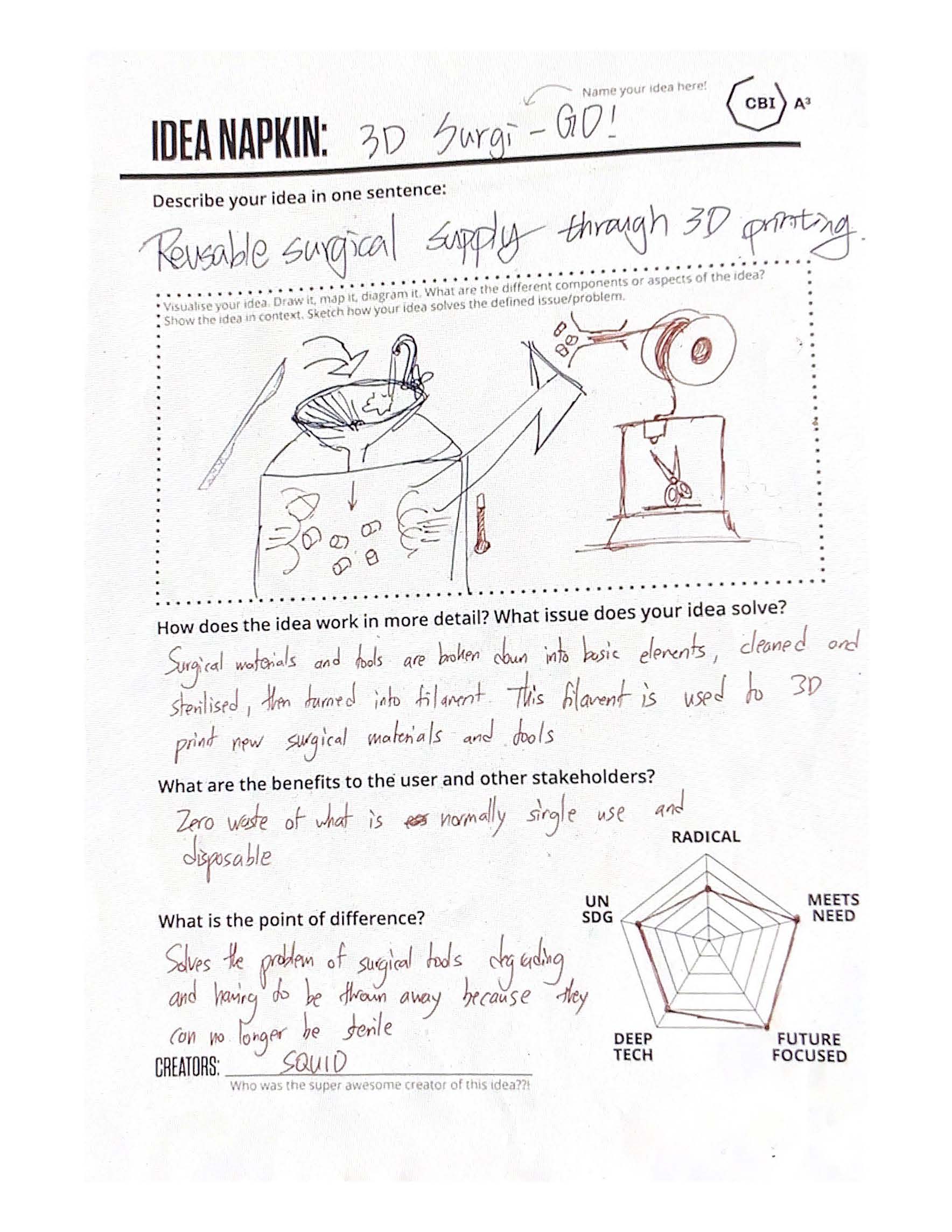
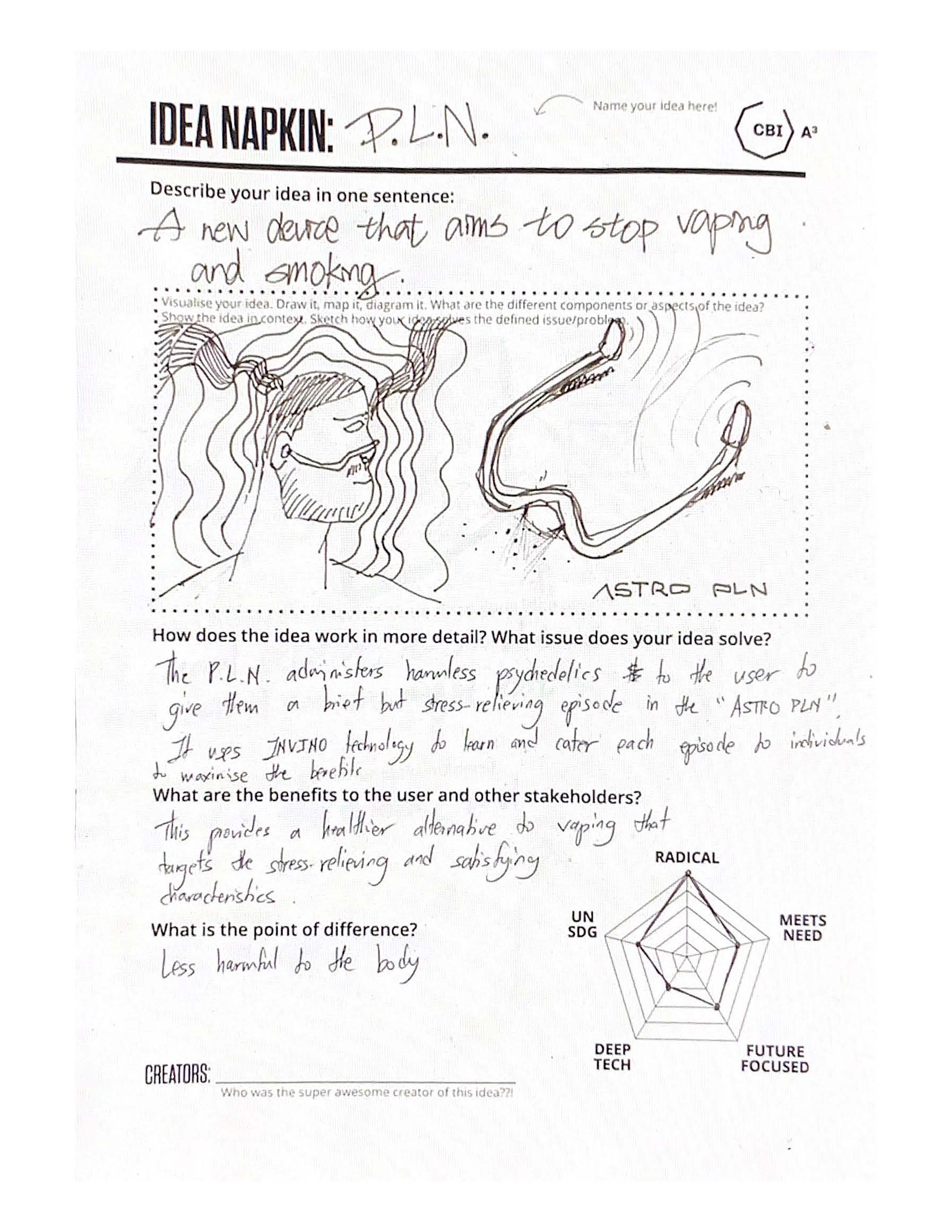



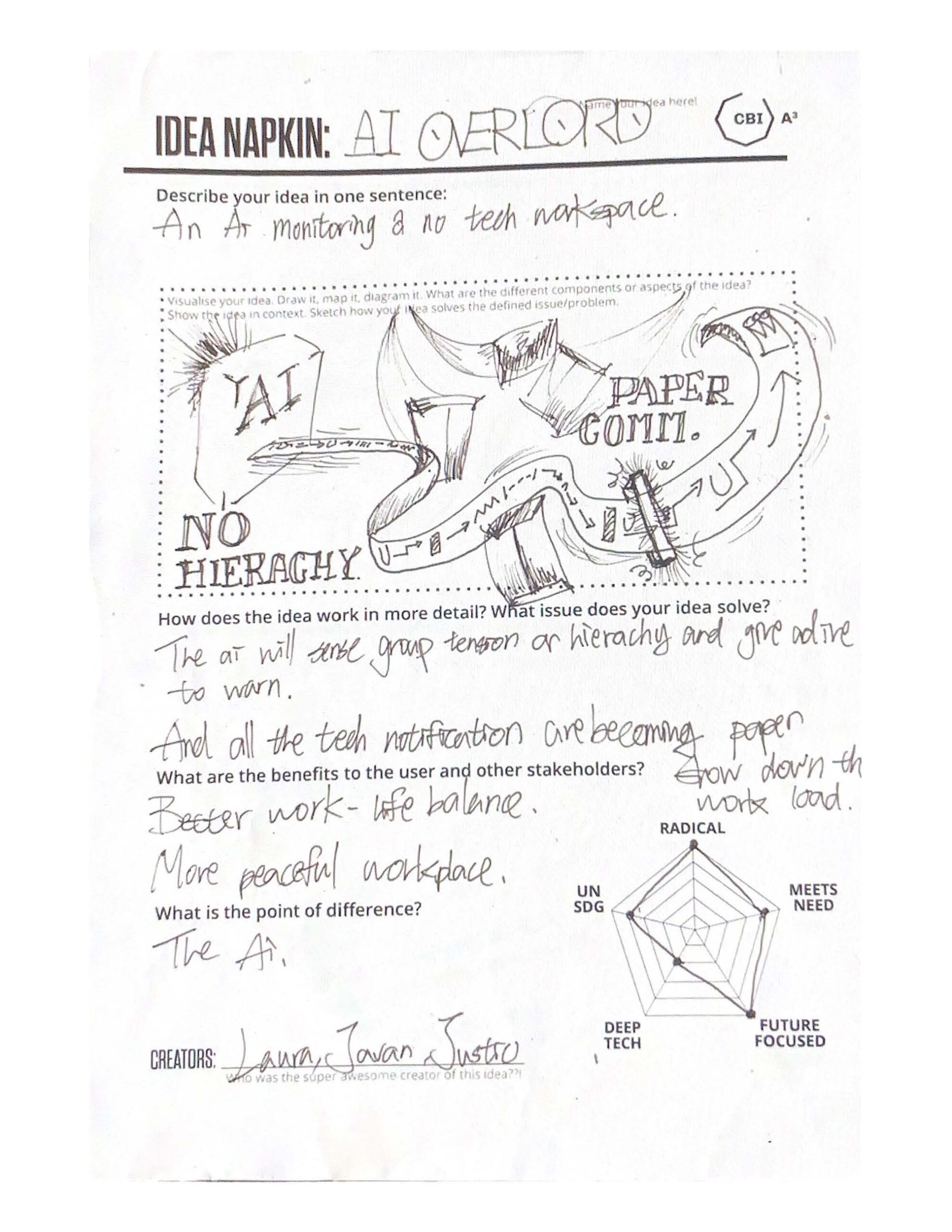

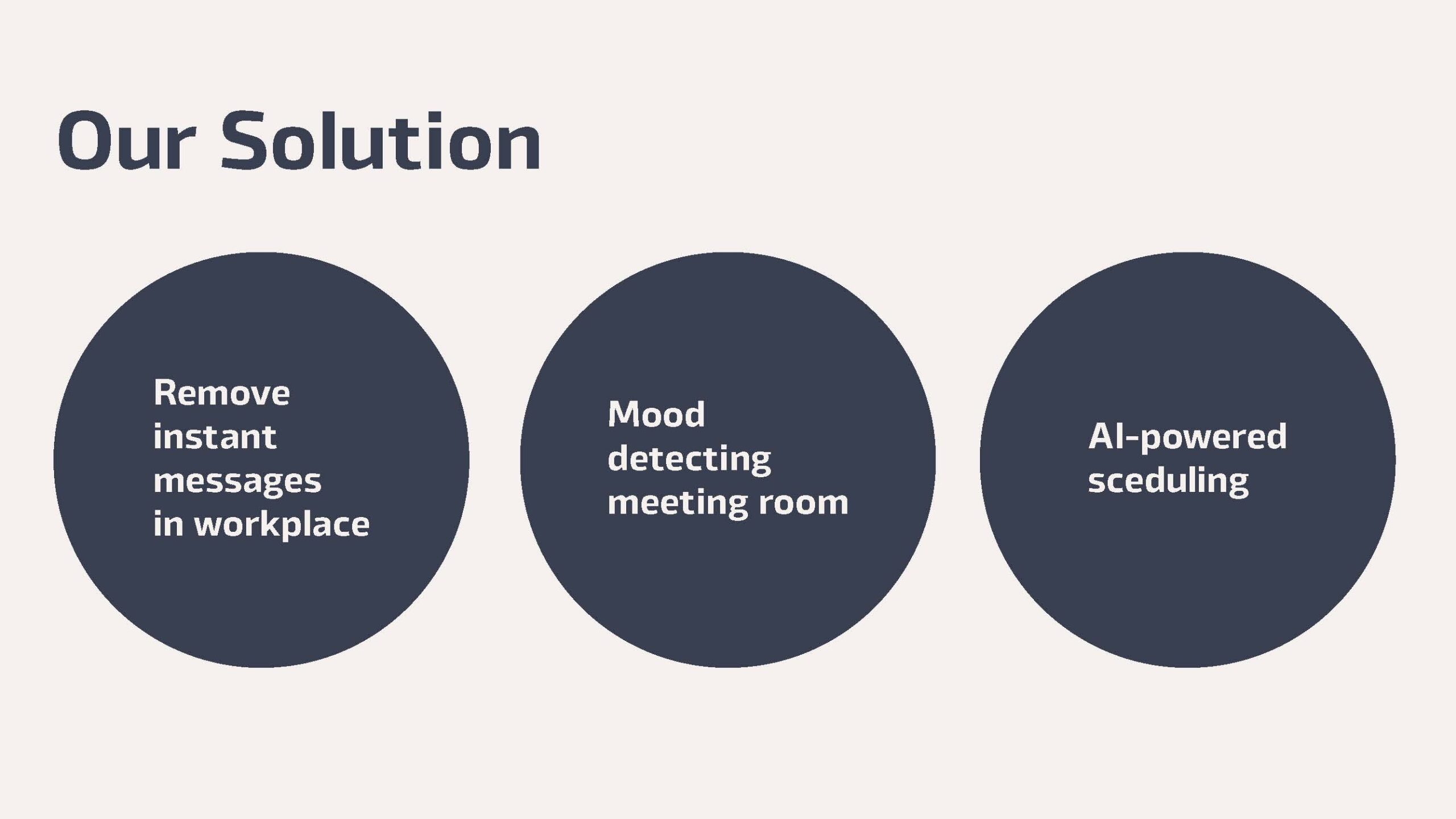
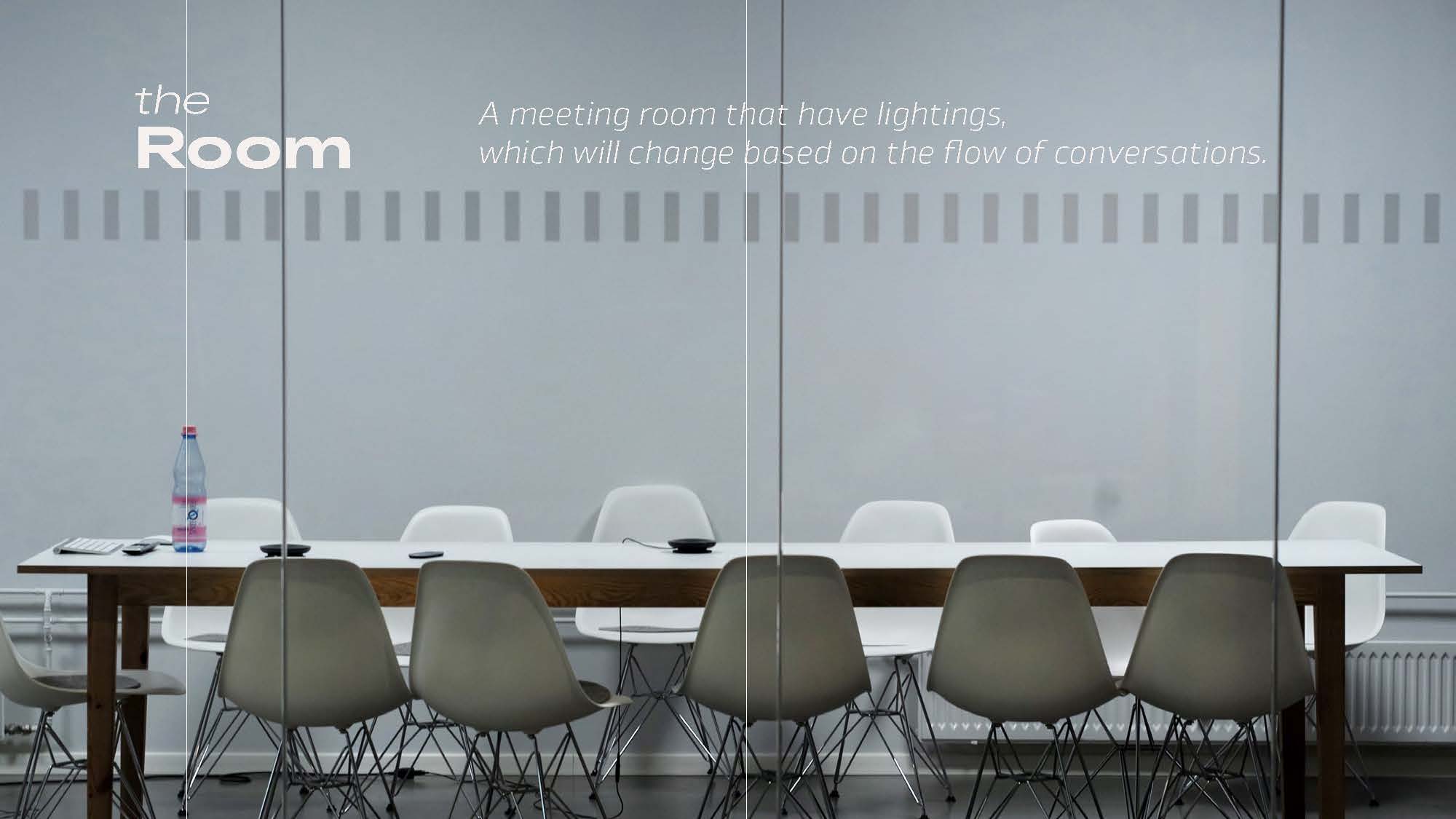


Recent Comments